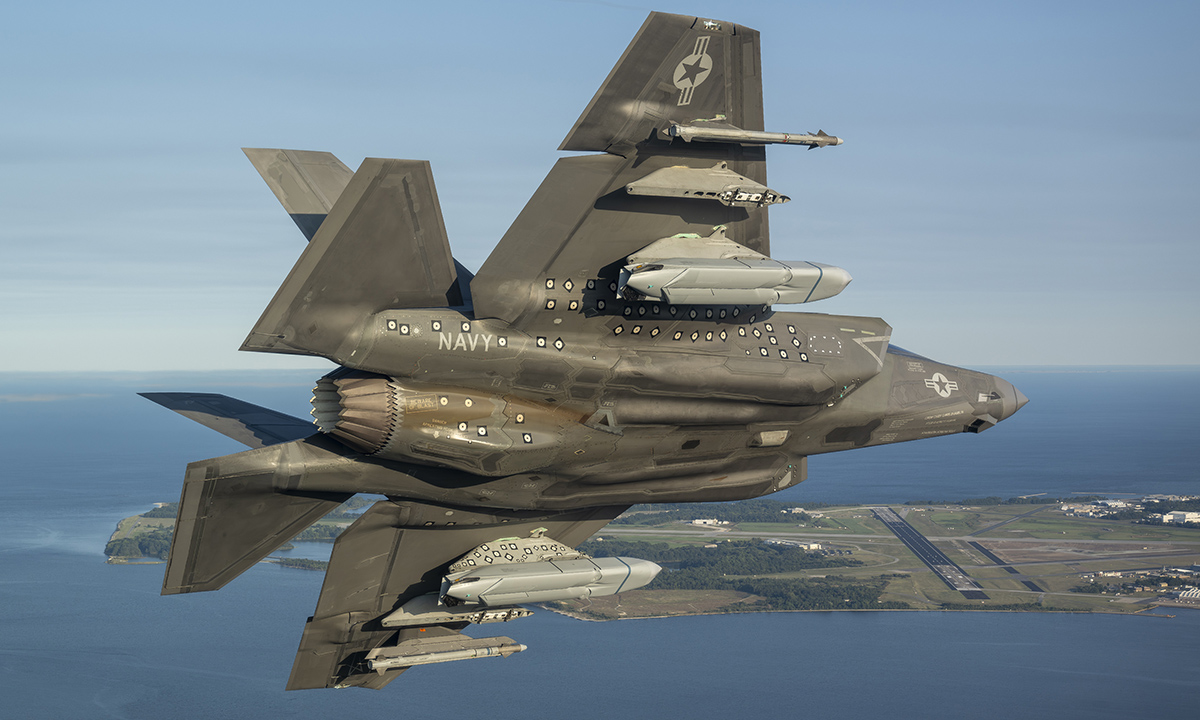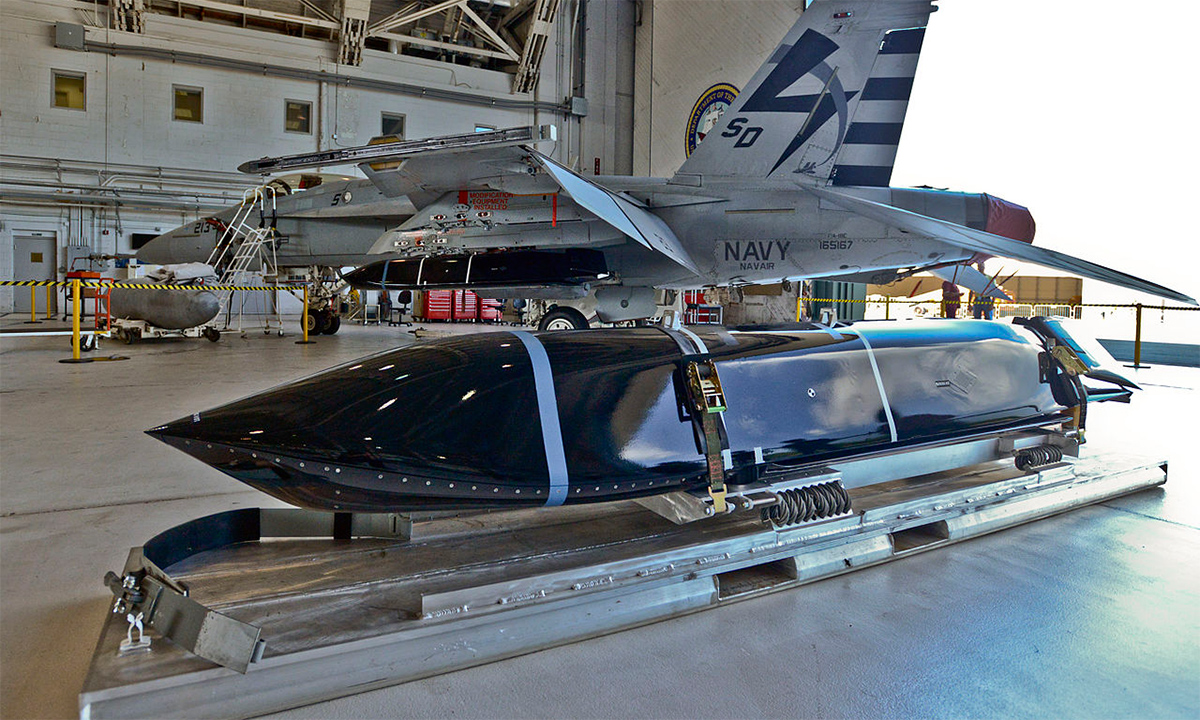The Pentagon is seeking additional funding to replace AGM-158C-3 Long Range Anti-Ship Missiles (LRASM) used in a US Department of Defense operation responding to a situation involving Israel, according to budget reallocation documents dated 22/5 and released earlier this week.
The reallocation doesn't change the original intent of the approved budget, the document states. "This is an item of special congressional interest and is also an emergency budget request," it adds.
The request reallocates over $780 million, originally intended to support the Israeli military, to fund US operations related to the situation.
 |
A US F-35C fighter carries two AGM-158C missiles during a test in Maryland in 9/2024. Photo: US Navy |
A US F-35C fighter carries two AGM-158C missiles during a test in Maryland in 9/2024. Photo: US Navy
According to Joseph Trevithick, editor of the US military website War Zone, the reallocated funds are "at least partly related to the campaign against Houthi forces in Yemen." The document is seen as an indication that the US has used the AGM-158C missile in combat for the first time.
"To protect operational security, we limit the release of details about specific weapons systems used in past, present, and future operations," a US defense official said when asked to comment.
It's unclear what targets the AGM-158C missiles were used against in the Middle East. The Houthis operate only small boats and speedboats. Neither Iran, which backs the Houthis, nor Israel reported any naval losses during the 12 days of conflict. Other Iranian-backed armed groups in the region also lack significant naval assets.
Trevithick suggests the AGM-158C missiles may have targeted coastal targets. The Houthis possess air defense systems that pose a significant risk to aircraft, necessitating the increased use of long-range, stealthy munitions like the AGM-158C in US counter-operations.
Another possibility is that the US military may be purchasing AGM-158Cs to replace AGM-84H SLAM-ER cruise missiles. US forces fired multiple AGM-84H missiles at Houthi targets earlier this year but have not replenished their stock, and the AGM-158C could be a future replacement.
 |
An AGM-158C missile next to an F/A-18E fighter in Maryland, US, in 8/2015. Photo: US Navy |
An AGM-158C missile next to an F/A-18E fighter in Maryland, US, in 8/2015. Photo: US Navy
The AGM-158C project was initiated to fill a capability gap left by the aging AGM-84 Harpoon anti-ship missile, as anti-ship weapons development had been neglected by the US since the end of the Cold War.
The AGM-158C, based on an extended-range variant of the AGM-158 JASSM cruise missile, carries a 450+ kg warhead and can hit targets over 900 km away. It's compatible with B-1 bombers, F-15 and F/A-18E/F fighters, F-35s, and the Mk. 41 vertical launch system on warships.
The LRASM is equipped with a multi-mode radio frequency seeker and advanced data link. After launch, it receives target data from ships or aircraft and continues to receive updates via satellite link. The Pentagon states the LRASM has a range of over 370 km, while experts estimate it could be as high as 560 km.
The Houthis began attacking cargo ships they believed were linked to Israel in 11/2023 to show support for Palestinians in the Gaza Strip. The US subsequently conducted multiple strikes against Houthi targets, intensifying these operations in mid-March, but failed to deter the group from attacking ships transiting the Red Sea.
In May, US President Donald Trump announced a ceasefire agreement with the Houthis.
Nguyen Tien (War Zone, AFP, AP)












